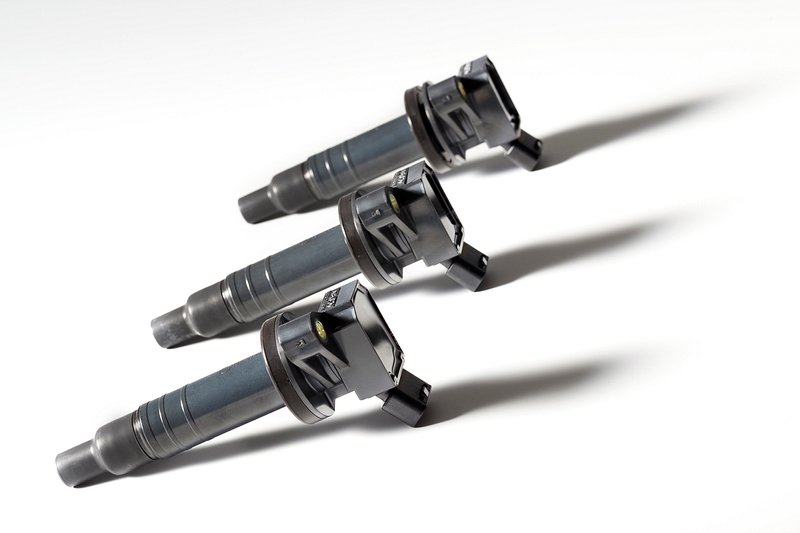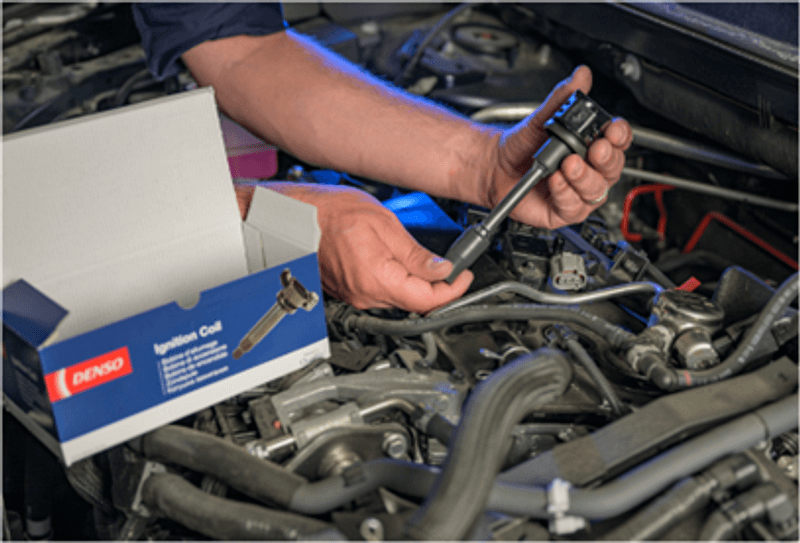Exploring the future of the ignition coil
Following its initial development in 1910 and during the 1950s, when car ownership began to become increasingly common, the coil based ignition system remained remarkably unchanged until the 1970s and ‘80s. It was during this period that electronically switched and controlled ignition systems began replacing mechanical systems, accompanied by an increase in voltage requirements.

As a result, in terms of aftermarket supply, the independent service and repair sector witnessed the ordinary ignition type coil gradually make way to first semi-transistor and then full-transistor types, which improved ignition timing accuracy and reduced the number of parts requiring maintenance.
The 1980s was a decade of considerable change with the development of Toyota’s integrated ignition assembly system, for example. This modularised design contained the coil, a hall effect sensor and an ignition unit within the distributor. Subsequently, electronic spark advance coils emerged, utilising inputs from the vehicle’s electronic control unit to determine the ignition timing. The decade concluded with the advent of double direct ignition systems equipped with built-in igniters. These innovations all brought in further improvements in ignition timing, as well as greater reliability.
In the 1990s came single direct ignition system and finally, in the 2010s, coil on plug (COP) ignition coils, that are directly mounted onto the spark plugs, further increasing ignition accuracy and reliability. This design also reduces the space required in the cylinder head, which is great solution for modern downsized engines, and is therefore the type that is still used on most modern applications today.
Due to the recent move by vehicle manufacturers from internal combustion engine (ICE) driven powertrains, to hybrid and battery electric designs, in common with all ICE related components, ignition coil development has slowed.
However, aftermarket demand for ignition coils remains high. Vehicles that incorporate a petrol fuelled engine, either as the main power unit or as part of a dual system, (including hybrid vehicles) will use them and these vehicles will still be visiting the independent workshop well into the 2040s. Therefore, the availability of original equipment (OE) quality ignition coils, such as those supplied by DENSO Aftermarket, will be a requirement for the foreseeable future.

DENSO Aftermarket offers the independent service and repair sector a range of OE quality ignition coils, which encompasses block, distributor, stick and COP types and is therefore able to cater for the needs of many applications.
To quickly identify the correct replacement ignition coil, visit the DENSO website.
Further details of the DENSO ignition coil range are available at the Ignition product page.




















































